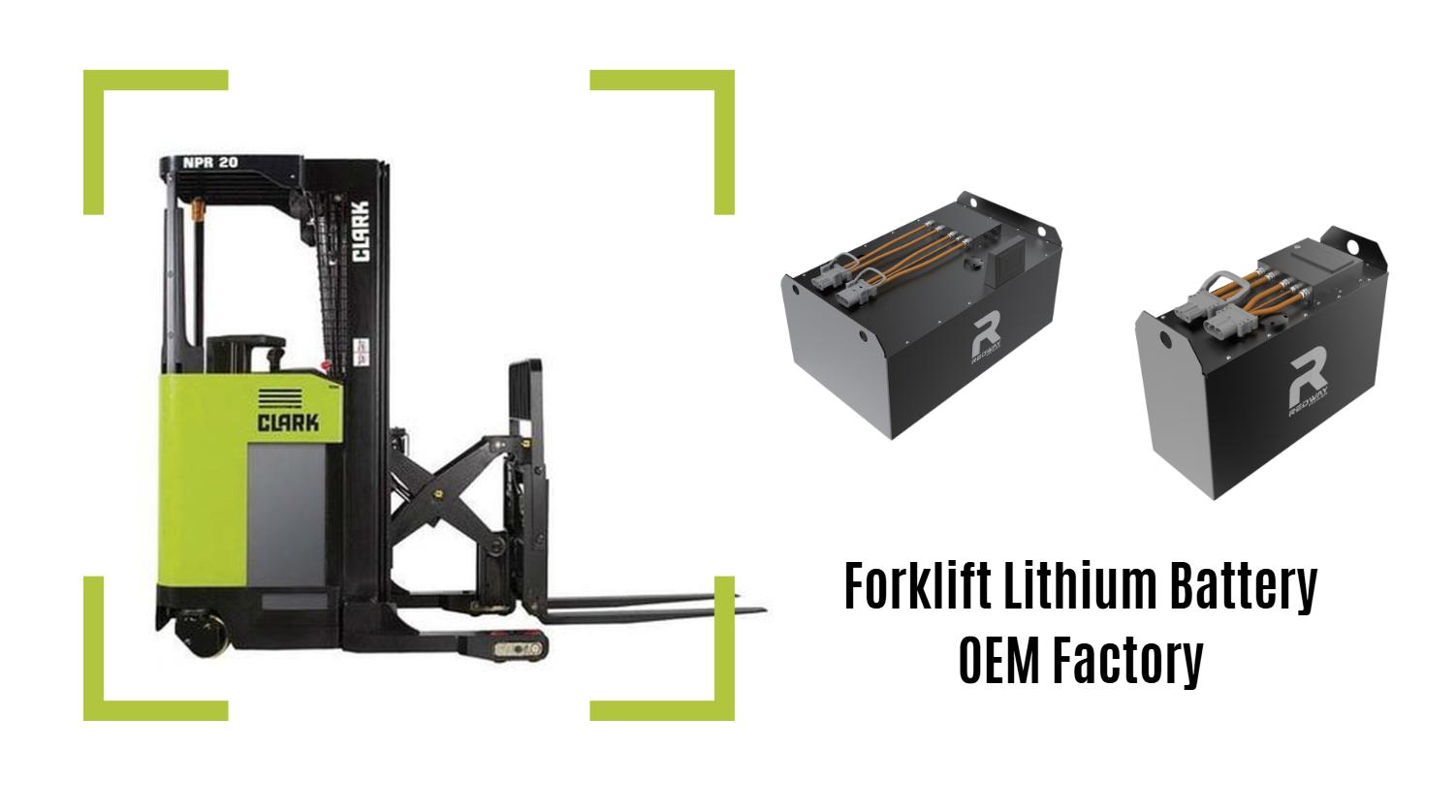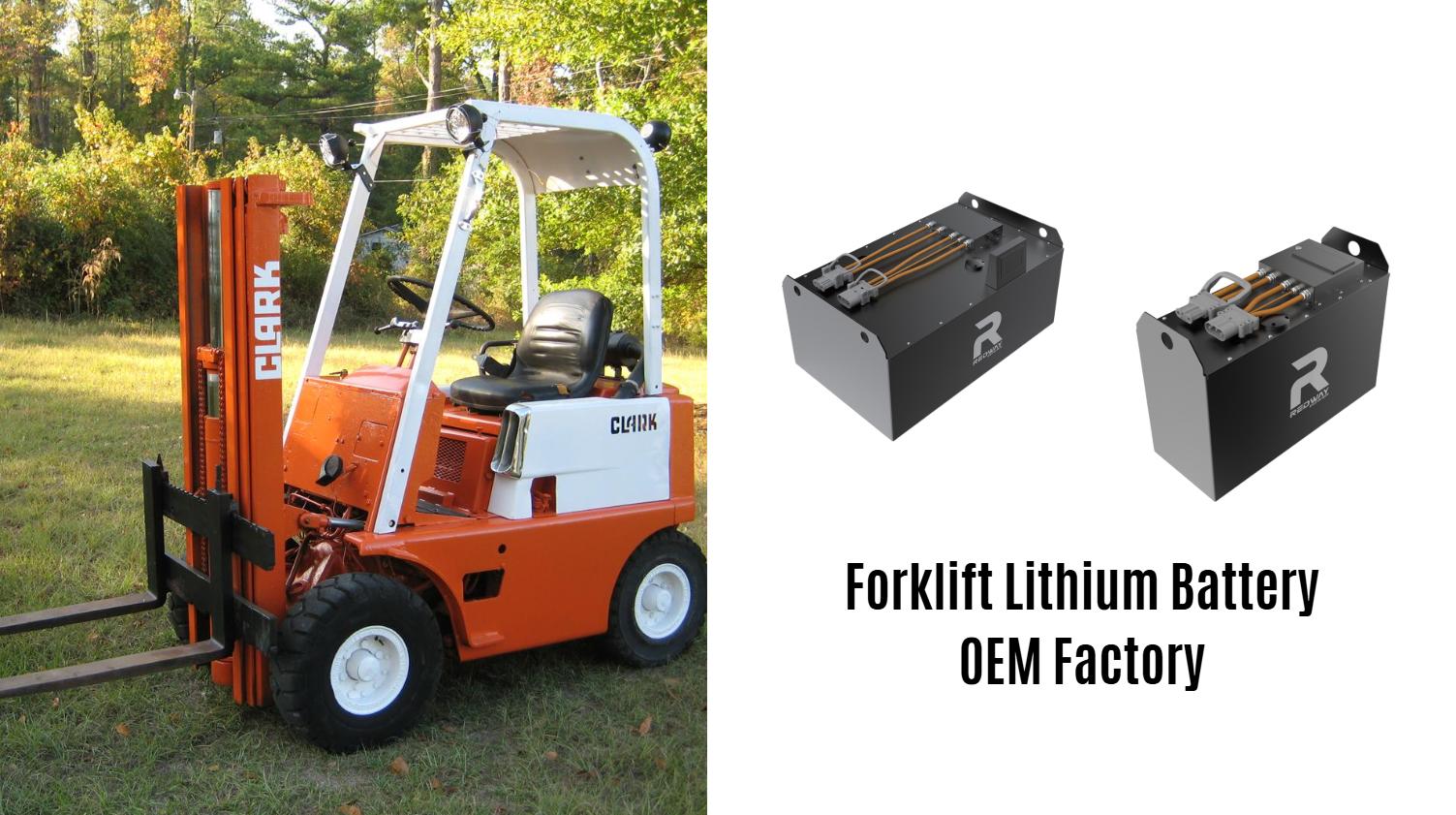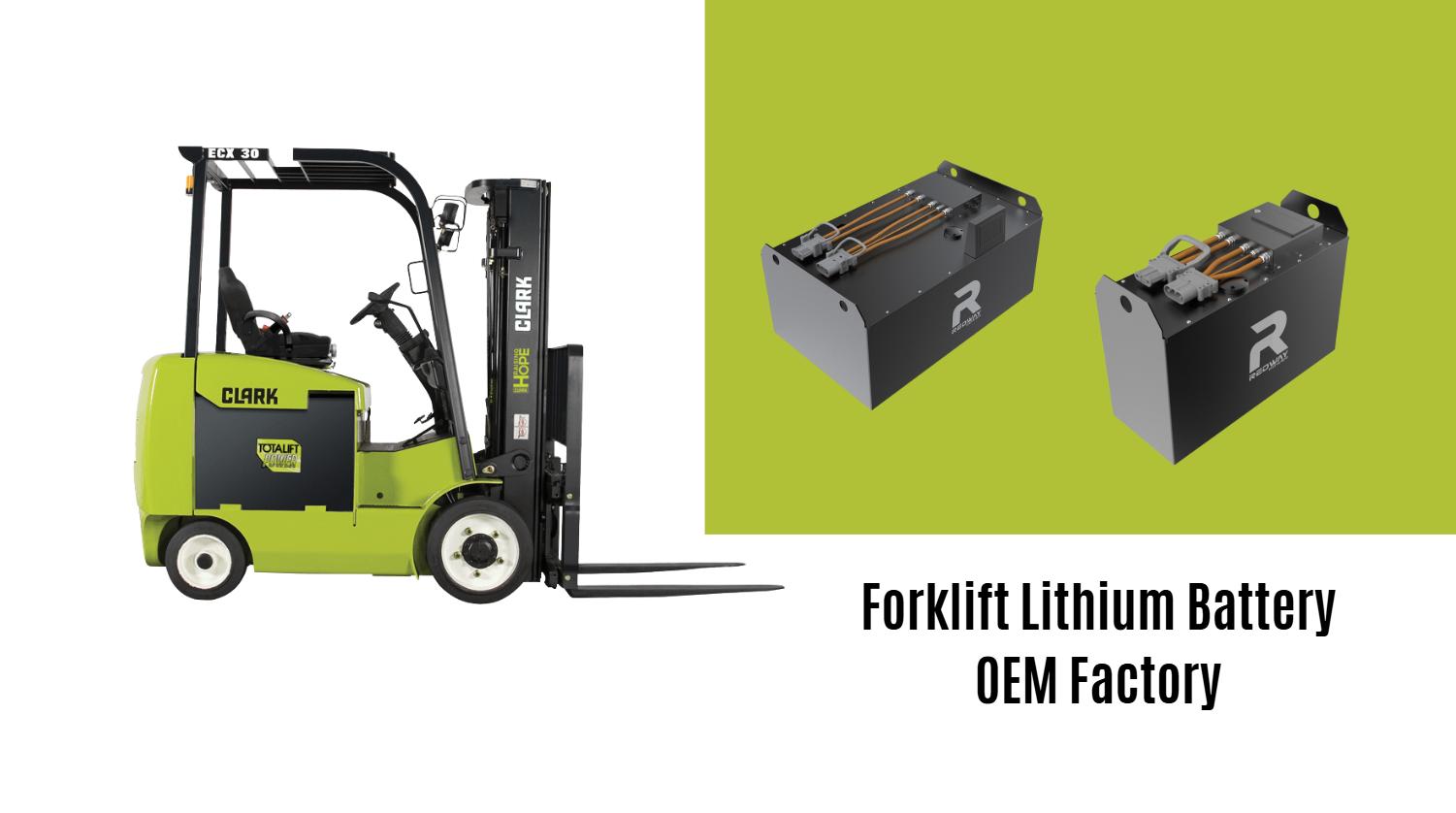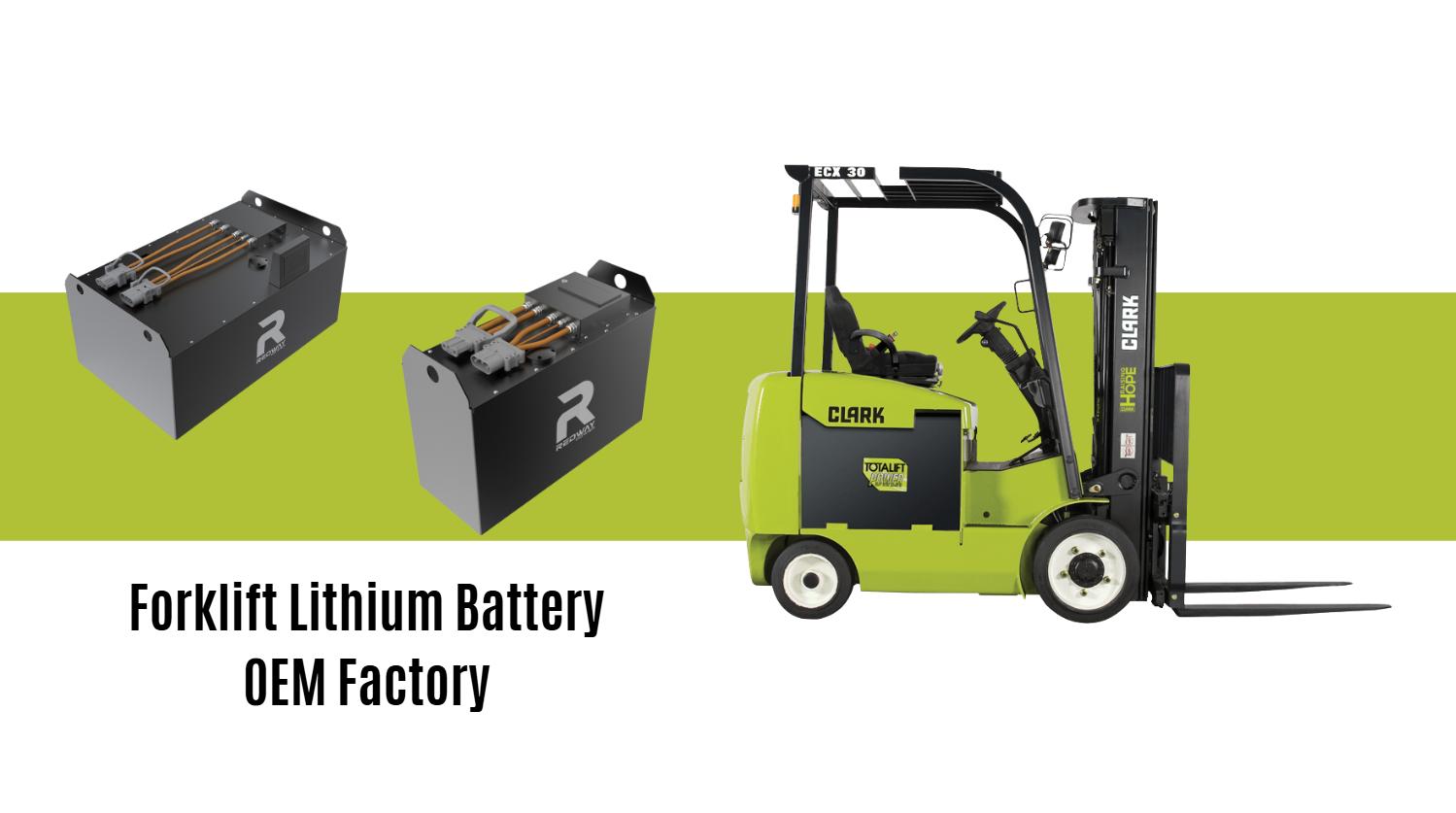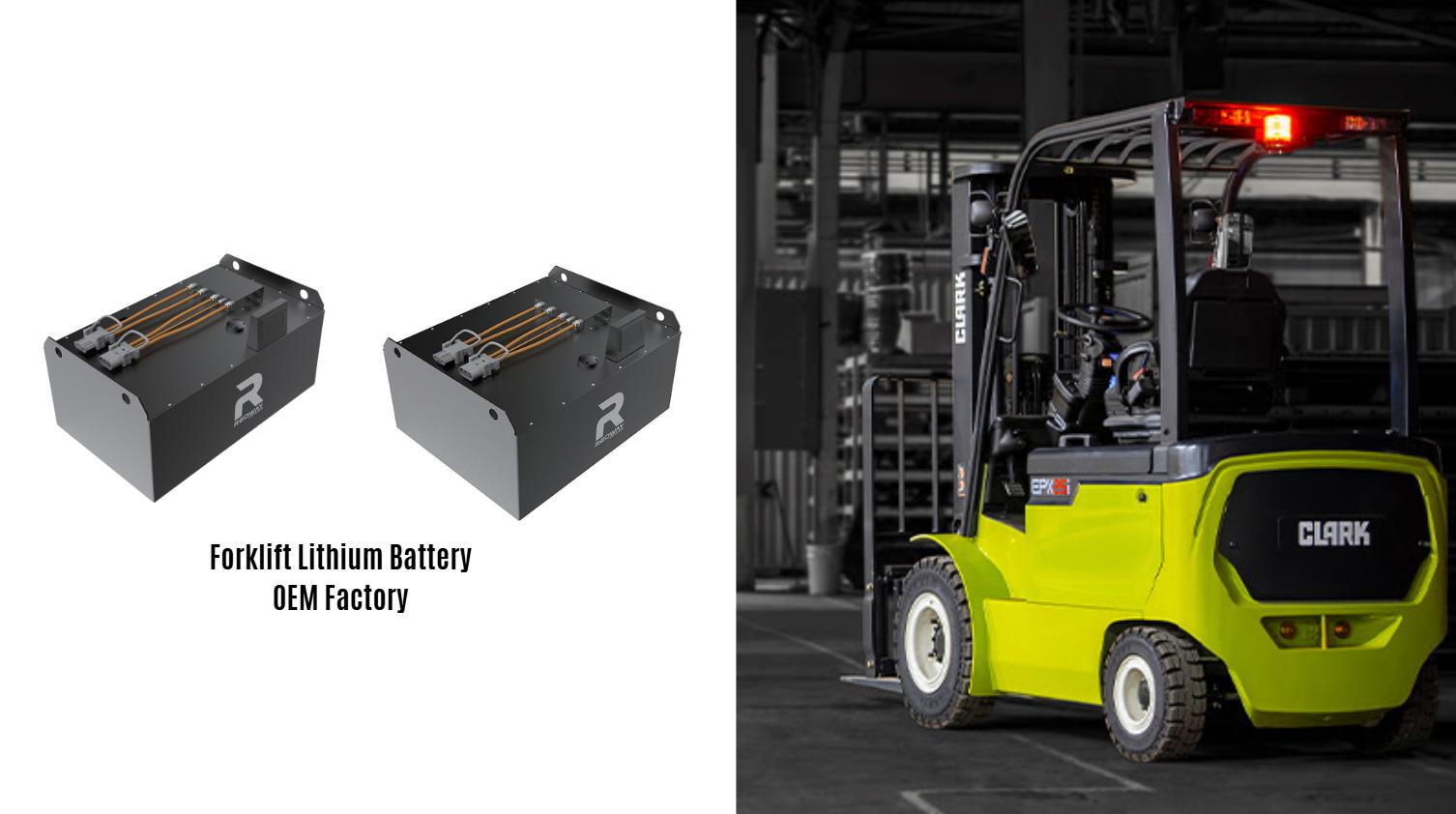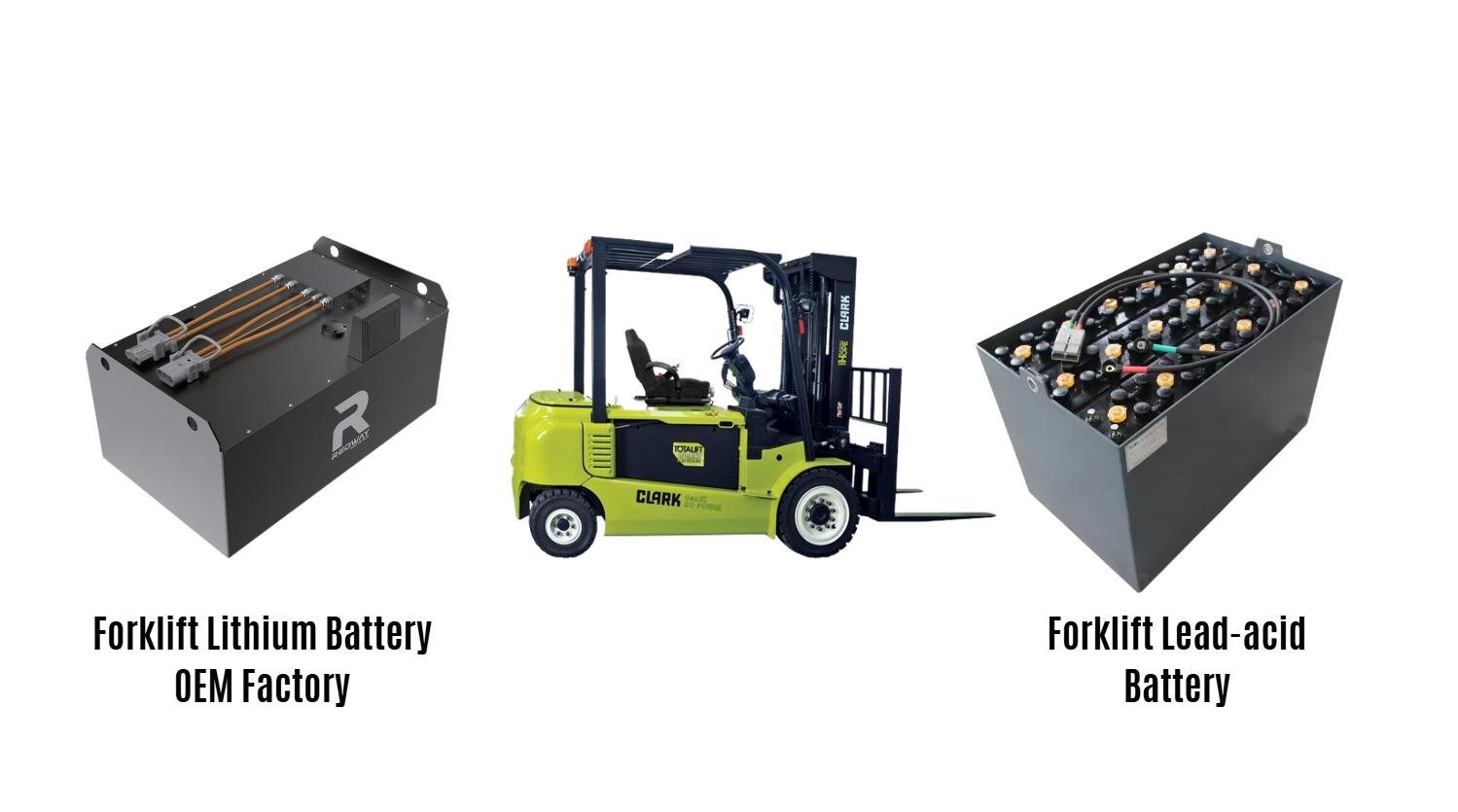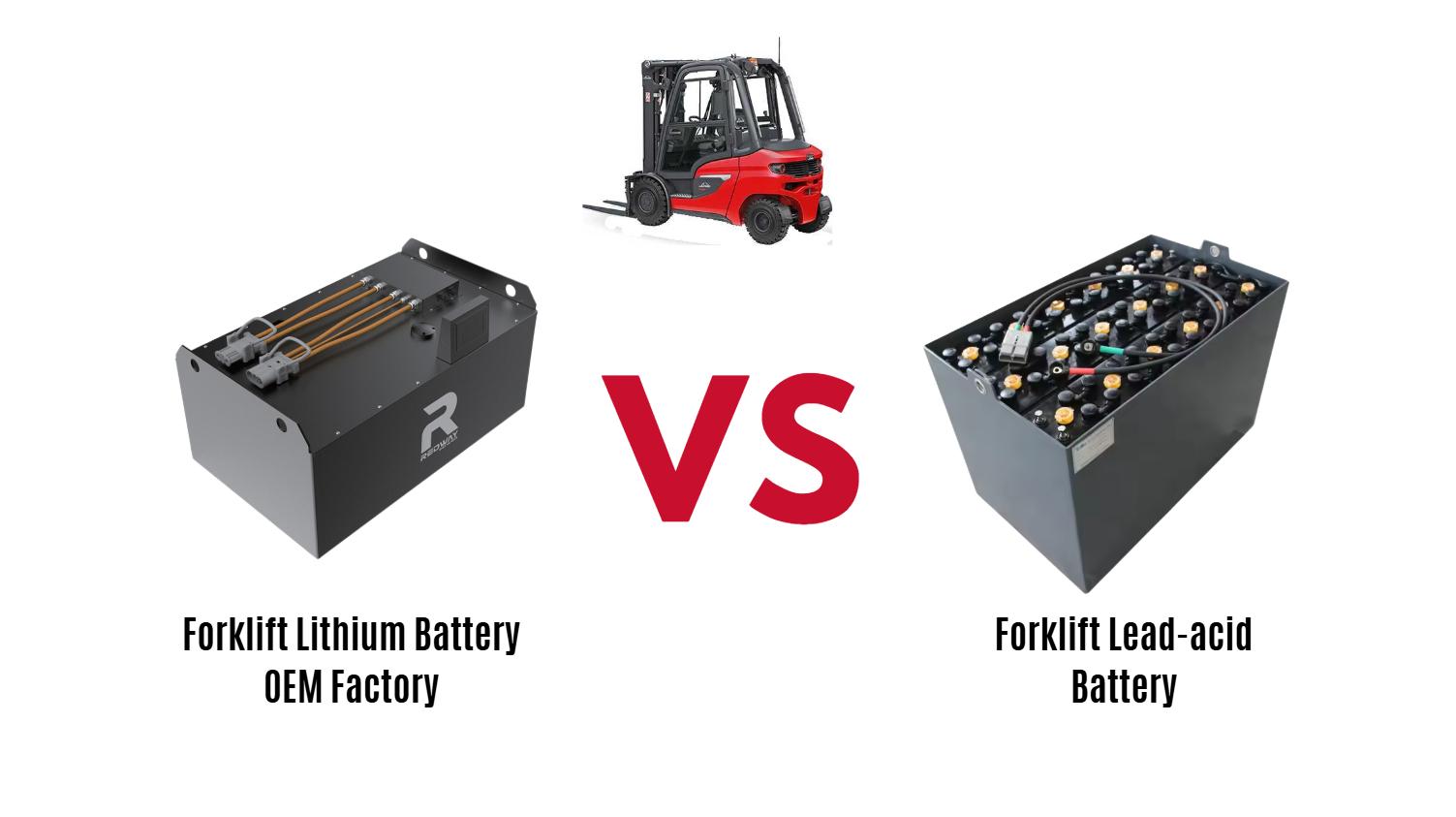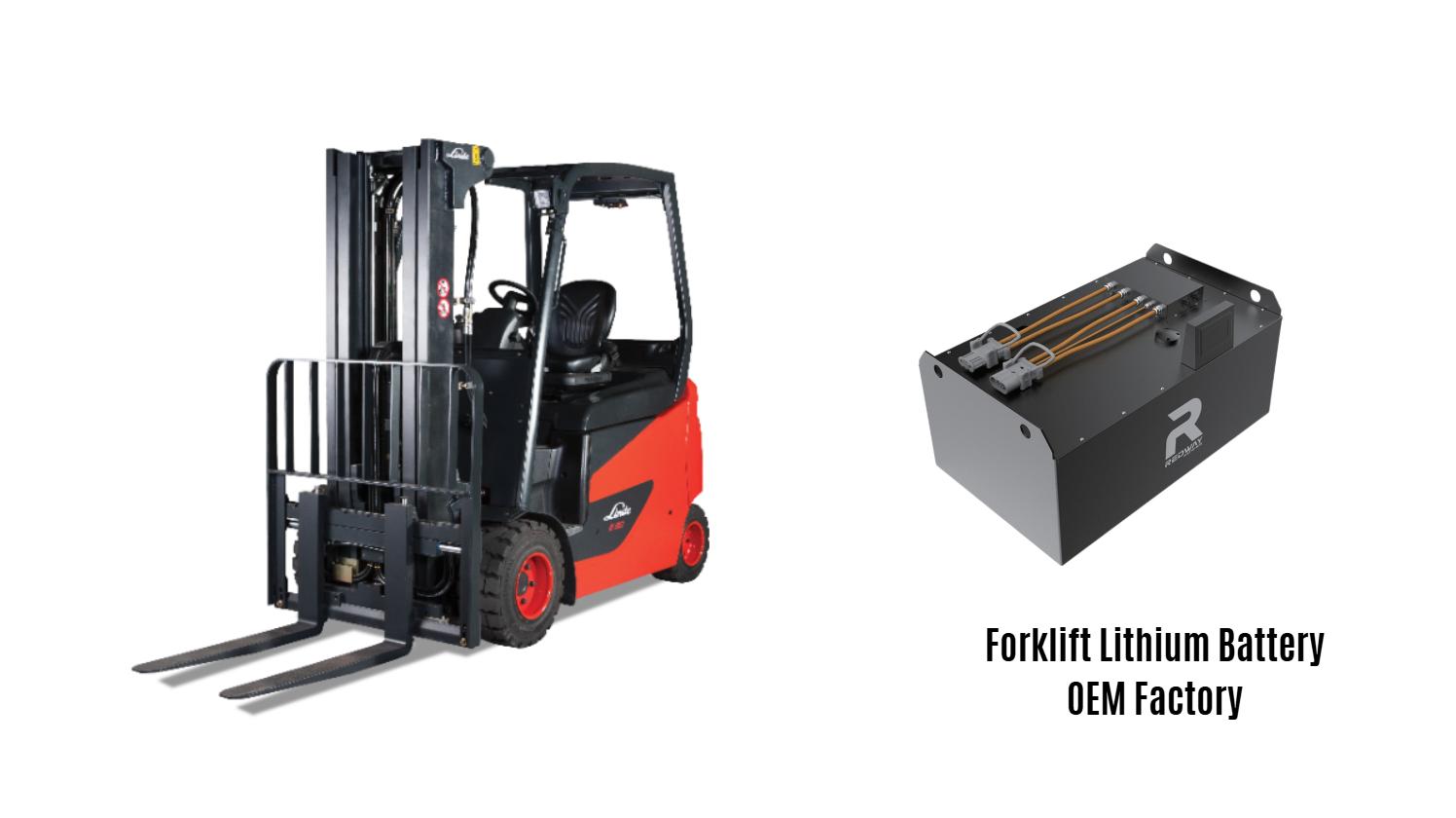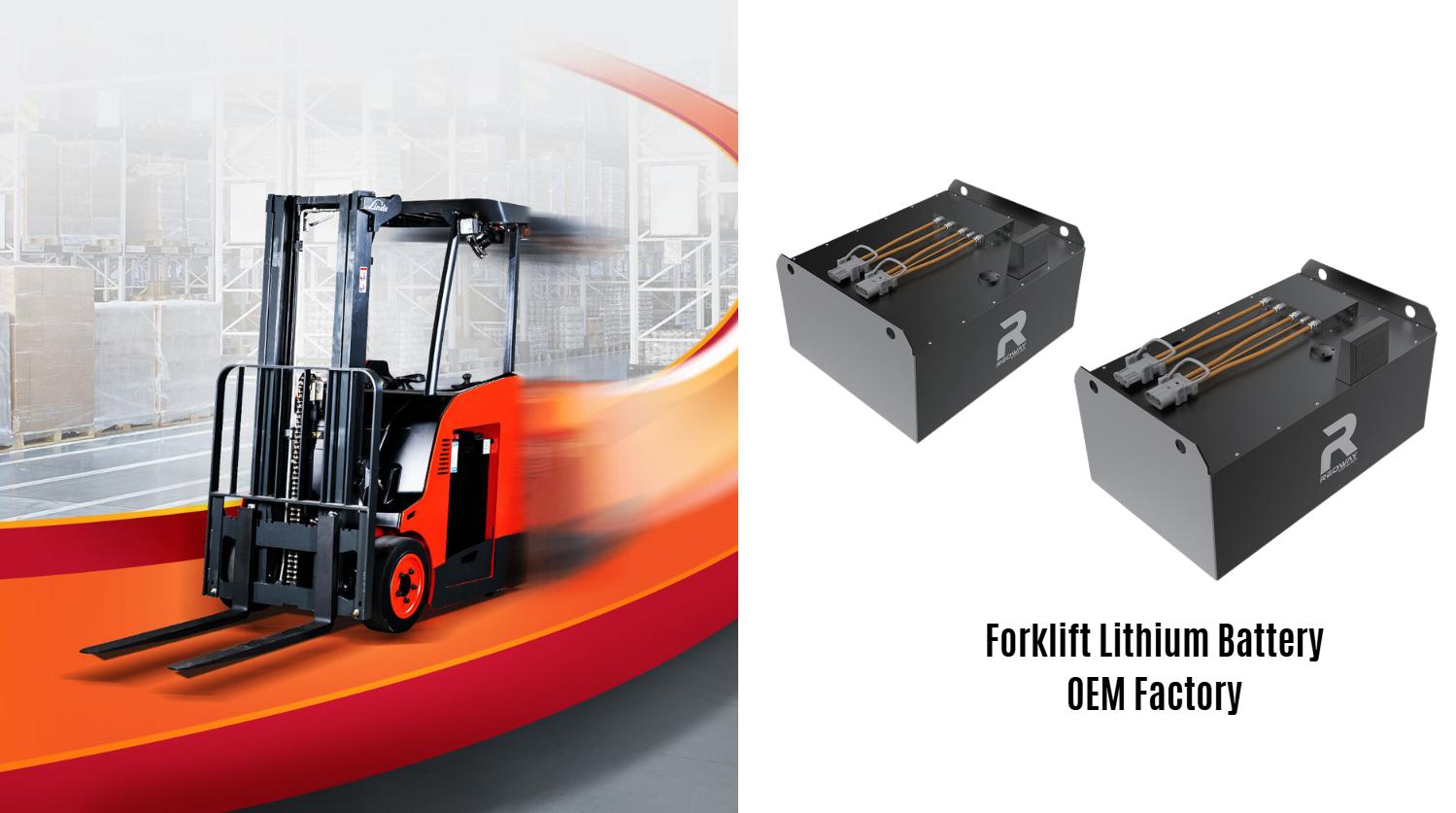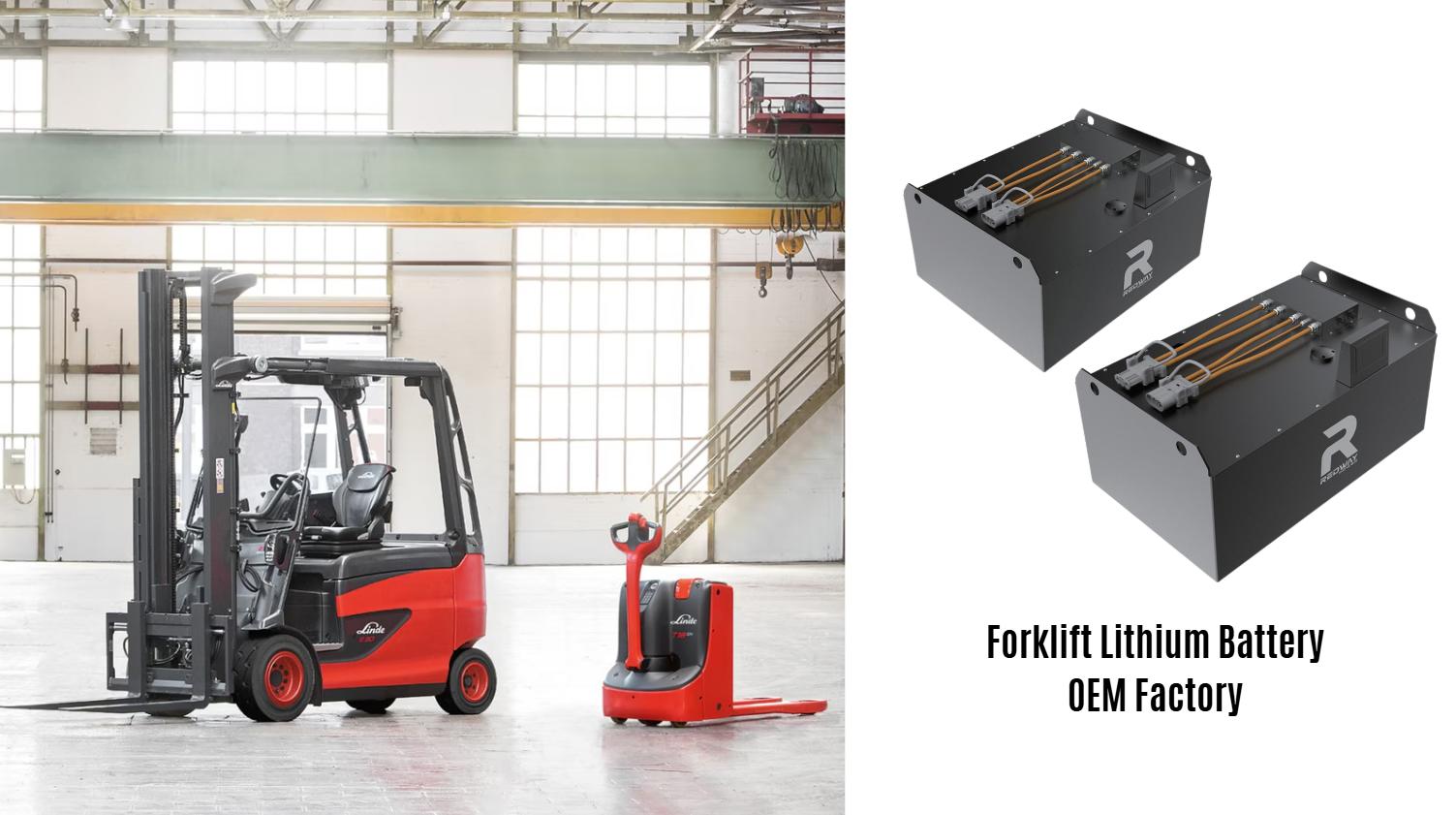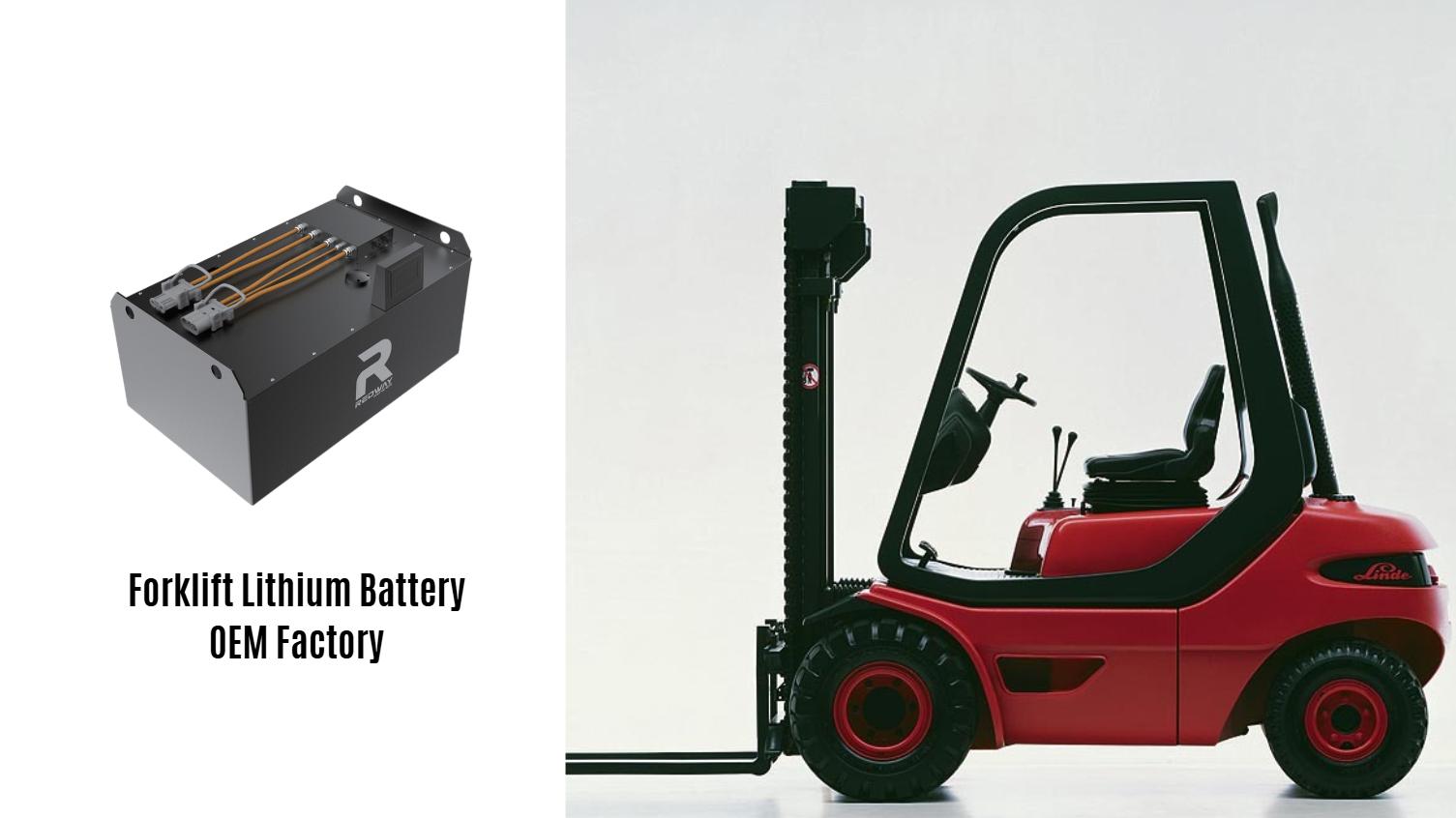Recognizing the signs of battery trouble in Clark forklift batteries is crucial for maintaining operational efficiency and preventing costly downtime. Early detection allows for timely maintenance or replacement, ensuring your forklifts remain reliable. Let’s address some common questions: What’s the average lifespan? What are key performance indicators? How does decreased performance indicate battery issues?
What is the Average Lifespan of a Clark Forklift Battery, and How Can I Maximize It?
The average lifespan of a Clark forklift battery ranges from 3 to 5 years, or approximately 1500 charge cycles, with proper maintenance. To maximize its lifespan, adhere to recommended charging practices, perform regular maintenance, and avoid extreme operating conditions. Preventative care can extend the battery’s useful life.
What Are the Key Performance Indicators (KPIs) That Signal Potential Trouble with a Clark Forklift Battery?
Key Performance Indicators (KPIs) that signal potential trouble include decreased run time, slower charging times, increased operating temperature, and visible signs of corrosion or damage. Monitoring these indicators can provide early warnings of battery issues, enabling prompt action.
How Does Decreased Performance Indicate Battery Problems in Clark Forklifts?
Decreased performance, such as reduced lifting capacity or slower travel speeds, is a significant indicator of battery trouble. As a battery ages or develops problems, its ability to deliver consistent power diminishes, leading to noticeable performance declines. It is important to investigate any drop in overall performance.
Why Does Shorter Run Time Suggest a Need for Battery Inspection?
Shorter run times, meaning the forklift operates for less time on a full charge, strongly suggest a need for battery inspection. This could result from sulfation, internal damage, or decreased electrolyte levels. Regular inspections can identify the root cause and determine the appropriate solution.
How Does Visible Corrosion on Battery Terminals Indicate Underlying Issues?
Visible corrosion on battery terminals indicates an underlying issue such as acid leakage, improper cleaning, or inadequate maintenance. Corrosion can impede electrical connections, reduce battery efficiency, and lead to safety hazards. Cleaning the terminals and addressing the source of corrosion are essential.
What Role Does Sulfation Play in Battery Trouble, and How Can It Be Identified?
Sulfation, the buildup of lead sulfate crystals on battery plates, is a common cause of battery trouble. It reduces the battery’s ability to hold a charge and deliver power. Signs of sulfation include longer charging times, decreased performance, and increased battery temperature. Regular equalization charges can help reverse sulfation in its early stages.
How Does Spilled Acid Indicate a Serious Battery Problem Requiring Immediate Attention?
Spilled acid indicates a serious battery problem, such as a cracked case, overfilling, or improper venting. Acid spills pose safety risks and can cause corrosion to the forklift and surrounding environment. Immediate action is required to contain and neutralize the spill, followed by battery inspection and repair or replacement.
What Are the Common Forklift Battery Problems and Their Symptoms?
Common forklift battery problems include sulfation, short circuits, excessive self-discharging, and electrolyte imbalances. Symptoms of these issues include reduced capacity, longer charging times, overheating, and voltage fluctuations. Diagnosing these problems early can prevent further damage.
How Do Different Battery Technologies (Lead-Acid vs. Lithium-Ion) Exhibit Unique Trouble Signs?
Lead-acid and lithium-ion batteries exhibit unique trouble signs due to their different chemistries and construction. Lead-acid batteries may show signs of sulfation, corrosion, and electrolyte imbalances, while lithium-ion batteries may exhibit issues related to their Battery Management System (BMS), overheating, or cell imbalances. Recognizing these differences is important for accurate troubleshooting.
How Do Improper Charging Practices Contribute to Battery Trouble?
Improper charging practices, such as overcharging, undercharging, or interrupting charge cycles, can significantly contribute to battery trouble. Overcharging can cause overheating and electrolyte loss, while undercharging can lead to sulfation. Following the manufacturer’s recommended charging procedures is essential for maintaining battery health.
What Role Does Load Testing Play in Accurately Diagnosing Battery Issues in Clark Forklifts?
Load testing plays a critical role in accurately diagnosing battery issues. It assesses the battery’s ability to deliver power under load, simulating real-world operating conditions. This helps identify weaknesses and capacity limitations that may not be apparent during standard voltage testing.
How Can Data Logging Help Identify Subtle Performance Declines Over Time?
Data logging involves recording battery performance metrics, such as voltage, current, and temperature, over time. This data can be analyzed to identify subtle performance declines that may indicate early stages of battery trouble. Tracking and analyzing battery performance data enable proactive maintenance and timely interventions.
What Safety Precautions Should Be Taken When Inspecting or Troubleshooting Clark Forklift Batteries?
When inspecting or troubleshooting Clark forklift batteries, always take the following safety precautions:
-
Wear safety goggles and gloves.
-
Work in a well-ventilated area.
-
Avoid smoking or open flames near the battery.
-
Use insulated tools.
-
Follow the manufacturer‘s guidelines.
Temperature Effects on Forklift Batteries
| Temperature |
Effect |
| High |
Can cause damage and reduce battery life |
| Low |
Can reduce battery capacity and performance temporarily |
| Optimal |
Maintains battery health and ensures efficient performance |
Expert Views
“At Redway Power, we always advise our clients to pay close attention to the subtle signs of battery degradation. Regular visual inspections, combined with data-driven monitoring, can help identify issues before they escalate into major problems. Understanding the specific characteristics of different battery technologies is also crucial for effective troubleshooting.” – Expert at Redway Power
Conclusion
Recognizing the signs of battery trouble in Clark forklift batteries requires a combination of visual inspections, performance monitoring, and adherence to recommended maintenance practices. By being vigilant and proactive, forklift operators and maintenance personnel can ensure reliable battery performance, minimize downtime, and extend the lifespan of their equipment. Regular training and adherence to safety protocols are also essential for preventing accidents and ensuring a safe working environment.
FAQ Section
-
Q: How often should I inspect my Clark forklift battery for signs of trouble?
A: Inspect your Clark forklift battery at least once a week for signs of trouble.
-
Q: What should I do if I notice corrosion on my battery terminals?
A: Clean the terminals with a baking soda solution and apply a corrosion-resistant coating.
-
Q: Can I use a regular car battery charger on my Clark forklift battery?
A: No, use a charger specifically designed for forklift batteries.
-
Q: What is sulfation, and how can I prevent it?
A: Sulfation is the buildup of lead sulfate crystals on battery plates. Prevent it by fully charging the battery and performing equalization charges regularly.
-
Q: When should I consider replacing my Clark forklift battery?
A: Consider replacing your battery if it consistently exhibits decreased performance, shorter run times, or signs of irreversible damage.

